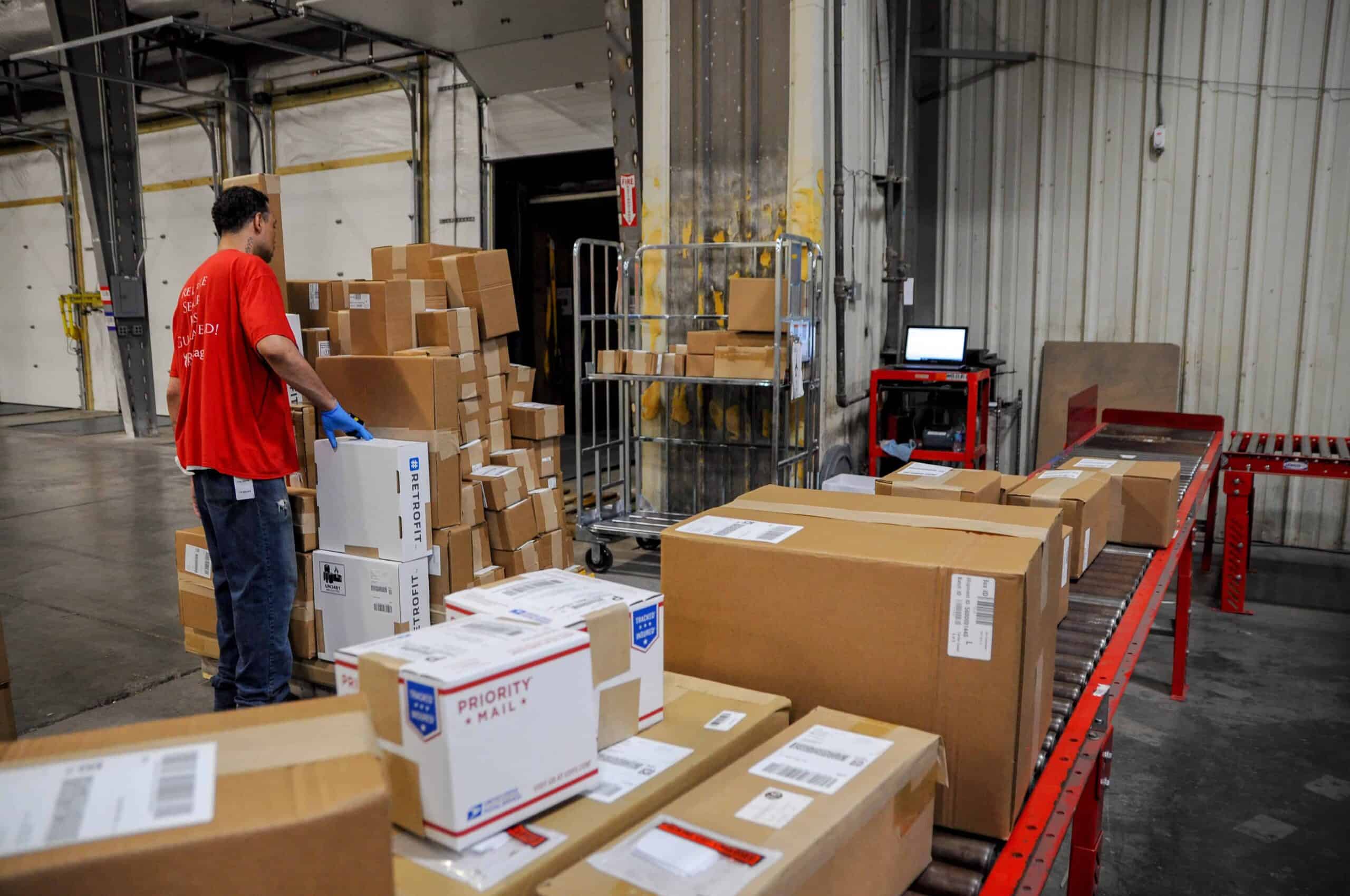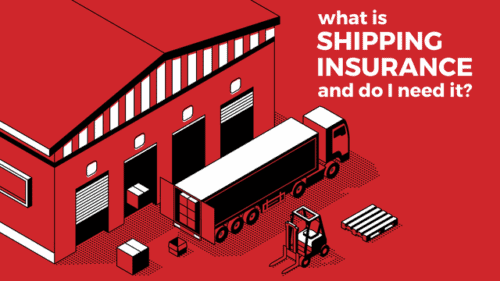Carriers such as FedEx, UPS, and USPS use shipping zones to determine the shipping cost of a package. Zones relate closely (but often not exactly) to distance traveled. Each zone corresponds with an approximate number of days from the point of origin to the delivery address, and the zones within the continental U.S. are numbered 2 through 8.
Shipping zones affect eCommerce fulfillment costs and delivery times, so a clear understanding of shipping zones should inform your fulfillment strategy. When you use zones to your advantage, you can reduce shipping costs and even offer free shipping.
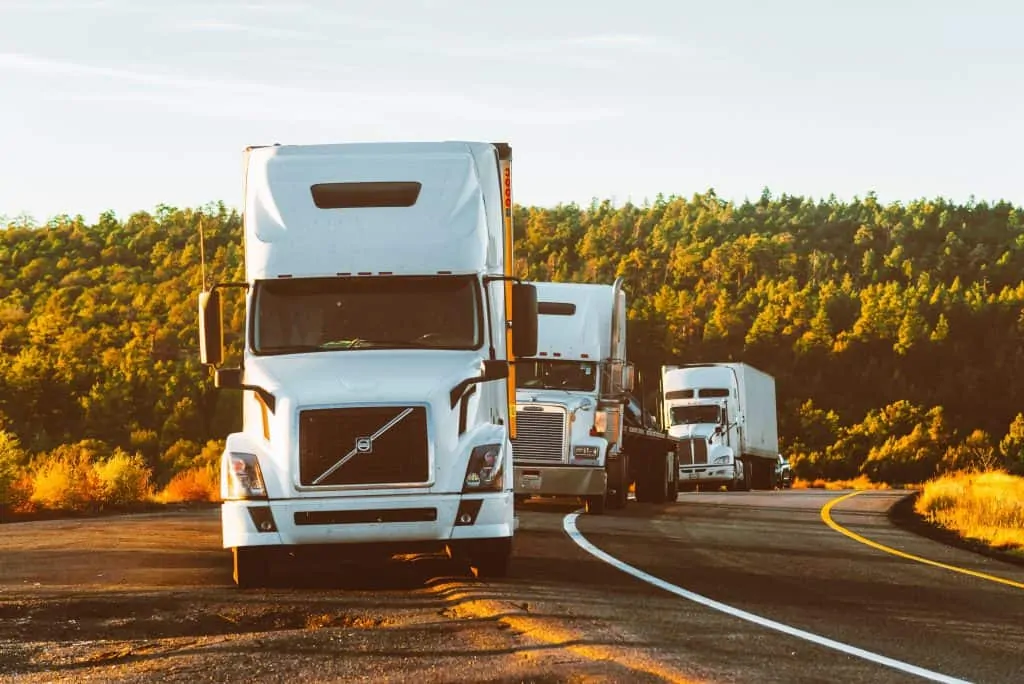
Leverage warehouse locations to reduce shipping time, costs
Red Stag Fulfillment provides 3PL services from two strategic fulfillment hubs: Knoxville, TN, and Salt Lake City, UT. By shipping with a centrally located 3PL, you can reduce the number of shipping zones your packages cross to reach customers—without stretching inventory thin.
Benefits of warehousing with RSF include:
- Reach 96% of U.S. addresses in two days or less via ground service.
- Create a national fulfillment plan that doesn’t tie up your cash flow.
- Get industry-leading order accuracy.

What is a shipping zone?
A shipping zone is a segment of delivery territory. Each zone is within a certain distance from your point of origin, and each zone includes a set of ZIP codes. The higher the zone number, the farther the destination is from the point of origin.
Shipping zones radiate out from the point of origin, so a map showing shipping zones will be different depending on where you ship from. The simplest way to explain zones is the distance between two points. The further your fulfillment warehouse is from your customer, the higher the zone.
For example, if a package originates in Knoxville, the origin ZIP code starts with 377. ZIP codes with the first three digits of 376-379 are in Zone 2 for UPS. Those deliveries wouldn’t travel far from the point of origin. A shipment to a ZIP code starting with 970 would go to the West Coast. That is Zone 8 for a UPS package shipped from Knoxville. A shipment to Hawaii falls into Zone 44 or 46.
Each shipping zone also represents a different price. For example, a 5-pound package shipped by FedEx Ground costs $11.98 to ship to Zone 2, $15.85 for Zone 5, and $18.42 for Zone 8.
Shipping zones allow delivery companies to charge the right amount for each package delivered. An order going to Zone 2 will use less gas, driver time, and wear and tear on equipment than one shipping to Zone 7.
Differences in pricing for different zones can add up. That’s particularly true if you’re shipping a high volume of eCommerce orders. Crafting an order fulfillment strategy guided by shipping zones and your customer distribution can reduce your shipping costs.
Shipping zones by carrier
Each carrier sets its own shipping zones. There is some variation when it comes to which ZIP codes are in which zones for each carrier. In addition, different services offered by the same carrier can have different zones.
One of the factors that will determine the best carrier for your fulfillment is shipping zones. For example, a particular address could be in a 2-day zone for UPS and a 1-day shipping zone for FedEx. Let’s dig into the particulars for each carrier.
FedEx shipping zones

FedEx publishes its rates by weight and zone. The information is updated at the beginning of each year with new rates. You can find detailed shipping rate information on the website, including FedEx rates for 2023, which breaks down costs by weight and zone.
The ZIP codes used to determine shipping zones are a proxy for distance. FedEx breaks down its shipping zones by distance like this:
| Zone | | | Miles from point of origin to delivery address |
| 2 | 0-150 | |
| 3 | 151-300 | |
| 4 | 301-600 | |
| 5 | 601-1,000 | |
| 6 | 1,001-1,400 | |
| 7 | 1,401-1,800 | |
| 8 | 1,801 or more within the contiguous US | |
In addition to published rates, carriers may offer negotiated rates to high-volume shippers. Ask your fulfillment warehouse if you can benefit from negotiated shipping rates.
UPS shipping zones
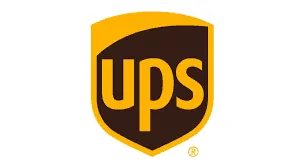
UPS lets you input the ZIP code of your point of origin to download a customized shipping zone chart. The zone chart shows which ZIP codes fall into each zone for shipments from your fulfillment location, but it doesn’t include pricing. Use this UPS tool to calculate the price to ship an individual package.
USPS shipping zones
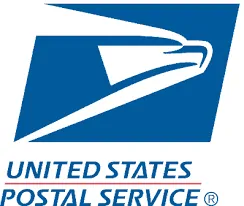
USPS offers many fixed-rate services. Shipping a package via Priority Mail with flat rate pricing costs the same no matter how far it travels. However, zones do affect the pricing for other USPS services. You can use this USPS tool to get a zone chart for your ZIP code, and you can also download the chart as an Excel file. The chart shows you zones only, not pricing.
How do shipping zones affect eCommerce fulfillment?
Shipping zones affect eCommerce fulfillment in two dimensions: money and time. The cost to send a package is the metric most directly affected because carriers set a pricing structure based in large part on the zone. However, the relationship between shipping zones and shipping costs is not linear because the weight and dimensions of a package can also affect pricing in different zones. A higher zone number also means you may have a longer delivery time.
Here’s what you need to know about how shipping zones will affect your eCommerce fulfillment.
Fulfillment cost
Each carrier sets rates based on zone and weight. The farther a package travels from your fulfillment center, the higher the zone. The higher the zone, the greater the cost to send a package. See links to the rate charts above for rates by shipping zones.
There are several ways you can leverage shipping zones to reduce your eCommerce fulfillment costs. The next section provides details on these strategies.
Delivery time
If you want to know how long it will take for an order to reach your customer, shipping zones won’t give you the answer. A parcel sent to Zone 3 might arrive in one or two days, not three. Packages sent to Zones 8 or beyond are often delivered in five days. In addition, two packages going to the same zone might have different delivery times.
Carriers use shipping zones to set prices. Delivery time is a separate determination. It is generally correct that a delivery to a zone farther from the point of origin will take longer. However, multiple factors beyond shipping zones affect delivery times.
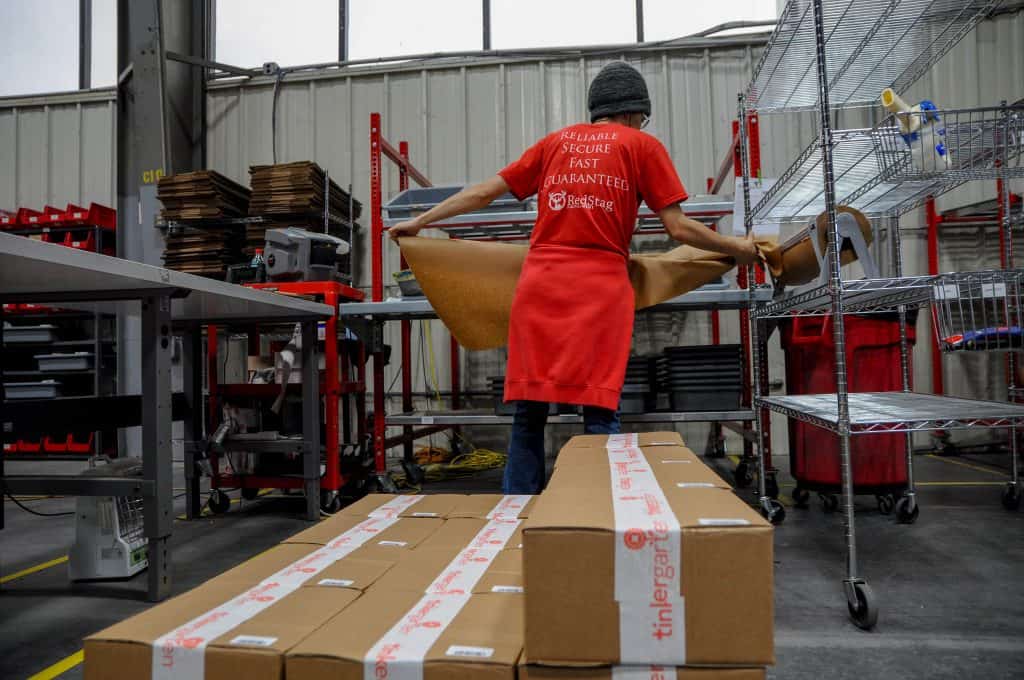
Weight and shipping zones
Zones have a bigger impact on pricing for heavier items. For example, FedEx Ground charges $11.98 to send a 5-pound package to Zone 2. The same package costs $13.31 to send to Zone 3, an 11% price difference.
Heavy items naturally cost more to ship. The FedEx Ground rate for a 35-pound package going to Zone 2 is $20.93. However, if that heavier box goes to Zone 3, the cost goes up to $25.74. That’s a 23% difference. If you sell bulky items that are subject to dimensional weight pricing, expect larger price jumps between shipping zones based on your DIM weight.

If you sell products that are heavy or bulky, reducing the number of shipping zones can make a big difference in your shipping costs. Consider using one or more of the strategies below to reduce the number of zones your orders travel.
Use shipping zones to lower your fulfillment costs
When your eCommerce business was small, you probably handled fulfillment by the seat of your pants, either through self-fulfillment from your own warehouse or with a local fulfillment company. As your business matures, however, a more robust and nuanced eCommerce fulfillment strategy is vital to its continued growth. Here’s how to incorporate shipping zones into that strategy.
Zone skipping
Zone skipping is moving multiple orders closer to their final destination using freight. Carrier charges will be lower because individual packages cross fewer shipping zones.
You can accomplish zone skipping through multi-modal delivery: Ship a batch of orders by FTL or LTL freight to a delivery hub closer to the end consumers. From this hub, carriers deliver individual orders. Because freight shipping has lower rates, you reduce your overall fulfillment costs.
The downside of a multi-modal approach is that it can add to delivery time. If fast delivery is critical to your customers, consider a different method to control costs.
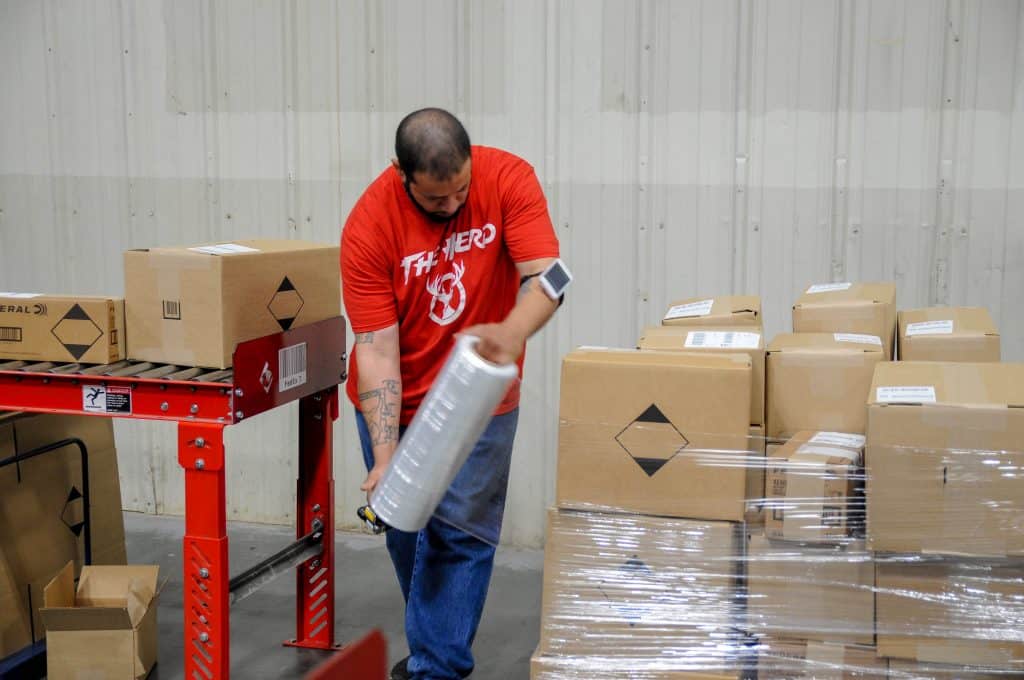
Multiple fulfillment centers
Another approach to get your products closer to your customers is to distribute them from multiple warehouses. Many of the best fulfillment service companies have more than one warehouse location.
It may seem intuitive to choose a fulfillment company close to your office or to the port where your products arrive in the U.S., but this is rarely the best eCommerce fulfillment strategy. Placing your inventory in multiple warehouses can position you for faster, cheaper fulfillment. There is a cost to ship your products to multiple warehouses. Still, your shipping costs for each order will be lower, so it’s likely that shipping from multiple fulfillment warehouses will reduce your overall fulfillment costs.
Amazon is the king of this strategy. In its push for ever-faster delivery times, Amazon has attempted to move products closer and closer to its customers and probably has the most fulfillment warehouses in the U.S. If you use Fulfillment by Amazon, you get access to the company’s large network of warehouses and also faster delivery.
There are downsides to using multiple warehouses, however. Dividing your inventory among more warehouses can add to your carrying costs by forcing you to hold more inventory. In addition, dividing up your inventory creates inventory management challenges. If you don’t have the right products in the closest warehouse, you could send orders through many shipping zones.
However, a refinement to the multiple warehouse approach, with strategic warehouse locations, can give you most of the benefits with few of the headaches.
Strategic fulfillment warehouse locations
If you ship a high volume of products, it might make sense to place your inventory in many warehouses around the U.S. because the amount you save by reducing the number of shipping zones could be substantial. However, many eCommerce businesses would be stretched thin by the need to stock that many fulfillment centers.
Luckily, you can take advantage of zone skipping through fulfillment without spreading your stock thin. By choosing strategic fulfillment warehouse locations, you can place your products within a few zones of all of your customers. At the same time, you can get within a two-day delivery range for most of your customers.
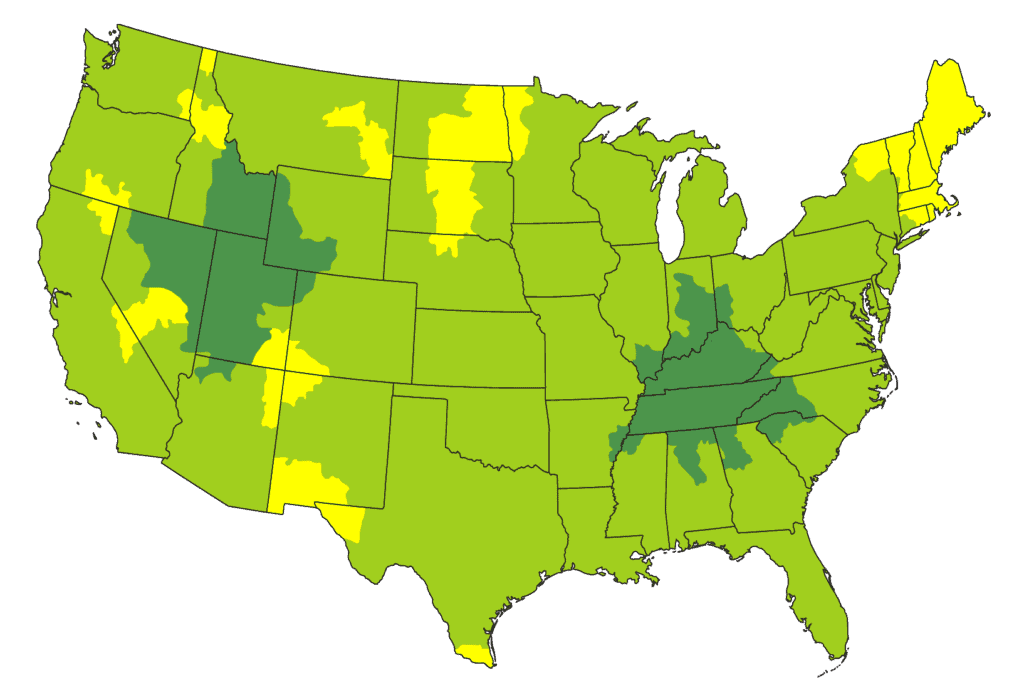
Red Stag Fulfillment can ship to 96% of U.S. households in two days or less from warehouses in Tennessee and Utah. We chose those locations because they allow us to provide national fulfillment with fewer shipping zones.
How to offer free shipping
Free shipping is the gold standard of eCommerce fulfillment, but one of the biggest challenges for online sellers is to find the sweet spot for this perk. You need to be able to offer free shipping without bumping your prices up too much or squeezing your profit margin too tightly.
Reducing the number of shipping zones your orders cross is a good way to reduce your shipping costs. Lower shipping costs make it easier to offer free or reduced-cost shipping. And that’s a great way to expand your eCommerce business.
Red Stag’s experts are here to help you improve your fulfillment and delight your customers. Let us be the secret weapon that helps you grow your sales.

More about eCommerce shipping:





